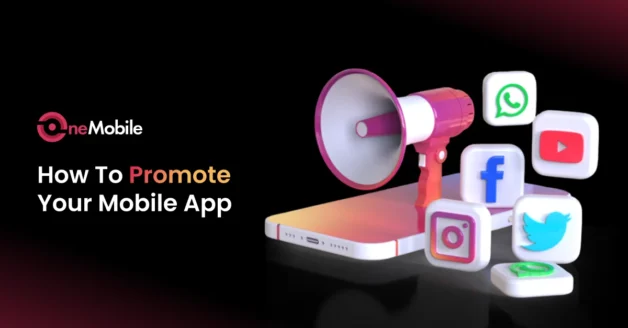June 27, 2025
Mobile Commerce in 2025: What It Is, Why It Matters, and How to Win With It
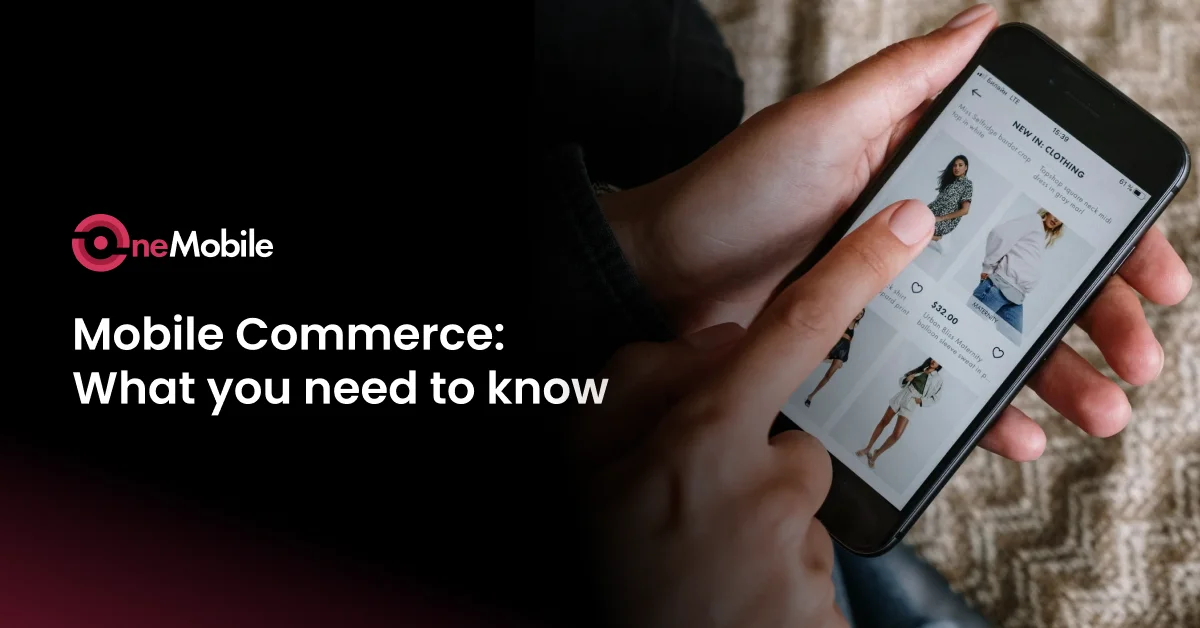
Mobile isn’t just a channel anymore – it’s the way most people shop.
And it’s booming. By 2025, over 73% of all e-commerce sales are expected to come from mobile devices. That’s not a slight shift; it’s a complete transformation of how consumers browse, buy, and engage.
For e-commerce brands, this opens up tremendous opportunities, but also new expectations. Fast, seamless, mobile-first experiences aren’t optional anymore; they’re the standard.
In this guide, we’ll break down everything you need to know about mobile commerce to stay competitive in this market. Let’s get into it.
What is mobile commerce?
As an e-commerce entrepreneur, you already know that shopping habits are changing fast, and mobile commerce is leading the charge.
So, what is mobile commerce?
According to Wikipedia, mobile commerce is the buying and selling of goods and services through wireless handheld devices. In other words, mobile commerce (or m-commerce) refers to the buying and selling of products or services through mobile devices, including smartphones and tablets. If a customer browses your store on their phone, orders through your app, or checks out using a mobile wallet like Apple Pay, that’s all mobile commerce.
A quick look back
M-commerce has come a long way. In the early 2000s, transactions were primarily conducted via SMS and basic mobile banking. However, with the rise of smartphones and 4G, things began accelerating rapidly. Shopping apps became the norm. Mobile checkouts got smoother. Digital wallets made payments almost effortless.
Today, with more people using their phones as their primary way to shop online, mobile isn’t a side channel – it’s the main stage.
Why does it matter for your business?
Because this is where your customers are, people aren’t waiting to get home and shop on desktops; they’re scrolling, discovering, and buying right from their phones. Mobile commerce gives you the chance to meet them there, in real time, with experiences that are fast, personal, and easy.
If your store isn’t optimized for mobile, you’re not just missing traffic – you’re leaving money on the table.

Types of m-commerce
Mobile commerce isn’t just about shopping from your phone; it covers a whole range of mobile-first experiences that can drive sales, build loyalty, and make life easier for your customers. Here are the main types you should know:
1. Mobile shopping
This is the one you’re probably most familiar with. Mobile shopping happens through:
- Mobile websites that are optimized for small screens
- Shopping apps like Amazon, Zara, or Shein
- Social media platforms with built-in shopping features (like Instagram Shops or TikTok Shop)
If your store isn’t mobile-friendly, you’re likely missing out on a huge chunk of customers who shop directly from their phones.
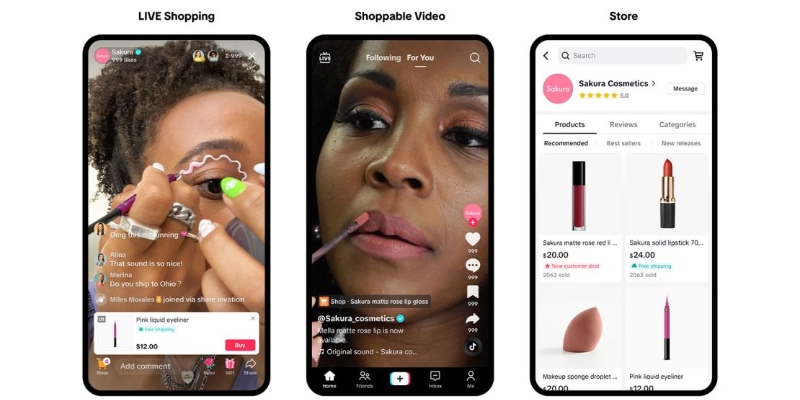
2. Mobile payments
These are transactions made using digital wallets or contactless payment systems like:
- Apple Pay
- Google Pay
- PayPal One-Touch
- Buy now, pay later services like Klarna or Afterpay
Offering these options makes checkout faster, and fewer steps mean fewer abandoned carts.
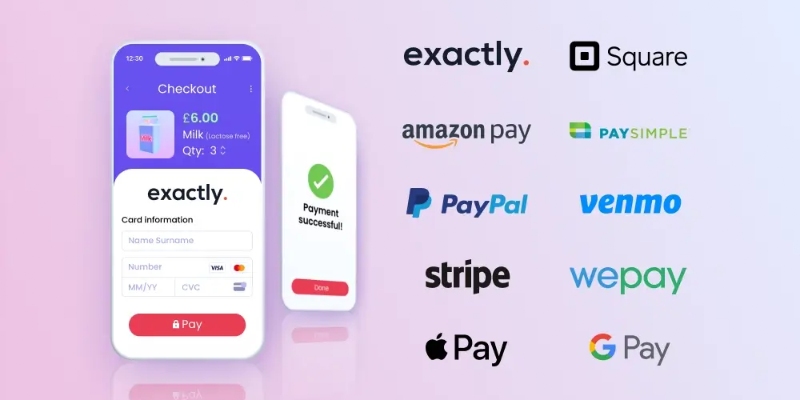
3. Mobile banking
While more relevant to fintech, mobile banking plays a significant role in the behind-the-scenes trust that customers have in mobile payments. It’s also an inspiration: mobile banking apps have nailed convenience and security – something e-commerce stores can learn from.
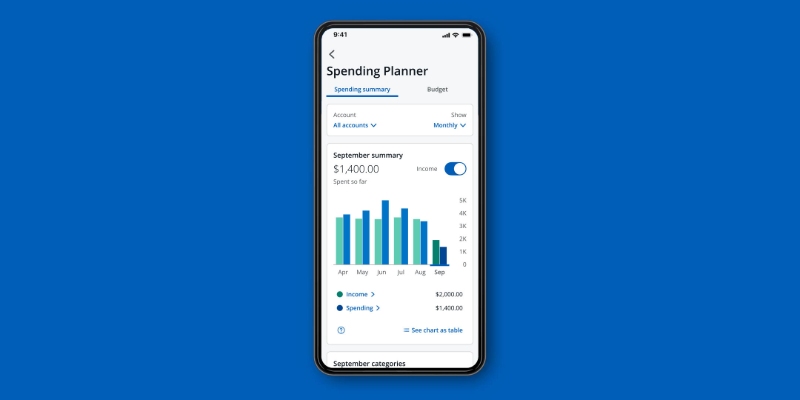
4. Mobile money transfers
These are peer-to-peer payment apps, such as Venmo, Zelle, or even WhatsApp Pay, in some regions. For international or local marketplaces, these options offer flexibility and speed.
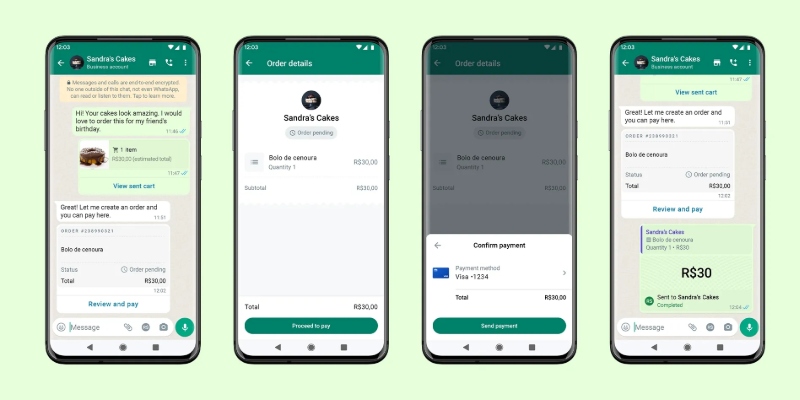
5. Mobile ticketing & booking
This includes booking travel, movie tickets, salon appointments, or restaurant tables – all from your phone. If your business involves appointments or events, a mobile booking experience can boost conversions.
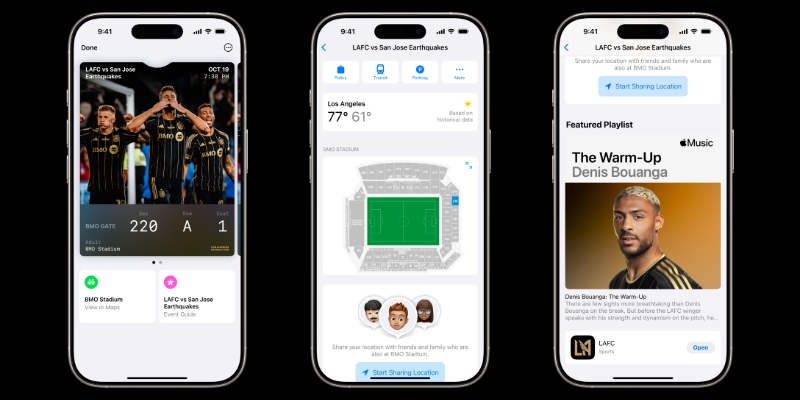
Each of these types shows how mobile is shaping how people shop, pay, and interact with brands. And the more touchpoints you can tap into, the more connected – and valuable – your customer experience becomes.
M-commerce examples: How top brands are winning on mobile – and what you can learn from them
Sometimes the best way to improve your own mobile strategy is to look at what’s already working. Here are a few standout examples of brands that are crushing it with m-commerce:
1. Amazon
It’s no surprise Amazon leads the pack. Their mobile app makes shopping ridiculously easy:
- One-click ordering
- Saved preferences and addresses
- Personalized recommendations that actually work
| ✍️ Lesson: Remove all friction. Make it stupidly simple to buy. |
2. Starbucks
Starbucks turned its app into more than just a loyalty card. Customers can:
- Order ahead and skip the line
- Pay with their phone
- Earn and track rewards
| ✍️ Lesson: Blend commerce with convenience and rewards. It keeps people coming back. |
3. Nike
Nike’s app isn’t just for shopping – it creates an experience. Users get:
- Early product drops
- Workout content and stories
- Personalized style suggestions
| ✍️ Lesson: Use your mobile platform to build a lifestyle, not just a storefront. |
4. Shein
Love it or hate it, Shein knows how to keep mobile users engaged:
- Daily flash sales and push notifications
- Gamified shopping (like spin-to-win)
- Fast, app-only deals
| ✍️ Lesson: Keep it fresh and interactive. Mobile shoppers love urgency and fun. |
5. Shopify stores
Thousands of Shopify stores are going mobile-first by:
- Using Shop Pay for fast checkout
- Selling through TikTok and Instagram
- Launching branded mobile apps using no-code app builders.
| ✍️ Lesson: You don’t have to be a giant to go mobile. With the right tools, any store can deliver a top-tier experience. |
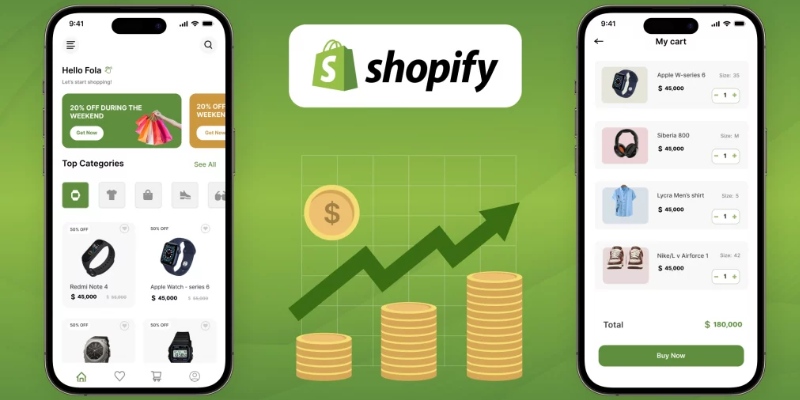
M-commerce vs. e-commerce: What’s the difference, and why should you care?
If you’re running an online store, you’re already part of the e-commerce world. But as mobile use keeps growing, there’s a shift happening – and that’s where m-commerce steps in.
E-commerce = Online shopping
E-commerce (electronic commerce) is the big picture. It includes any buying or selling of products and services online, whether that’s happening on a desktop, tablet, or phone.
M-commerce = Mobile-first shopping
M-commerce (mobile commerce) is a subset of e-commerce, but focused specifically on mobile devices like smartphones and tablets. It’s about creating fast, simple, and optimized experiences for people who shop on the go.
Key differences at a glance
| Feature | E-commerce | M-commerce |
| Device | Desktops, laptops, tablets, smartphones | Primarily smartphones and tablets |
| UX | Typically browser-based, responsive, but desktop-first | Streamlined, app-like experiences designed for mobile |
| Location-based services | Limited or browser-based tracking | Uses GPS and location data for real-time targeting |
| Connectivity | Often dependent on Wi-Fi | Uses mobile networks (3G, 4G, 5G), works anywhere |
| Payment methods | Credit cards, PayPal, standard online checkouts | Mobile wallets (Apple Pay, Google Pay), contactless pay |
| Reach | Requires access to larger devices or home setups | High reach due to mobile portability |
| Engagement | Typically limited to email or browser alerts | Direct push notifications on devices, higher visibility |
| Personalization | Based on browser history and cookies | Uses in-app behavior, location, and device preferences |
Why it matters for your business
While e-commerce covers the full digital experience, m-commerce is where speed, convenience, and personalization thrive. Shoppers are more likely to:
- Discover products while scrolling social media
- Make impulse purchases during downtime
- Expect fast, mobile-friendly checkouts and updates
So, while e-commerce is still the foundation, m-commerce is where the growth is. Prioritizing mobile doesn’t mean replacing your desktop site – it means leveling up your mobile game to meet customers where they are.
Key components of mobile commerce
If you want your mobile store to attract and convert customers, it needs more than just a responsive design. M-commerce success depends on a few key building blocks – each one shaping how users experience your brand on their phones.
1. Mobile-optimized UX/UI
Your site or app should feel effortless on a small screen. That means:
- Easy navigation with big, tap-friendly buttons
- Clean layouts with no clutter
- Quick load times (because no one waits for slow pages)
| 💡 Great UX = more conversions. Simple as that. |
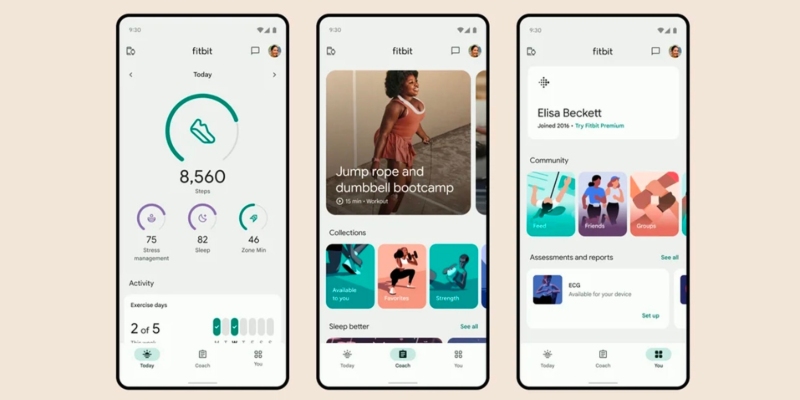
2. Fast & flexible payment options
Mobile shoppers expect to check out in seconds. You need:
- Digital wallets like Apple Pay, Google Pay, or PayPal
- One-click checkout
- Buy Now, Pay Later (BNPL) options
| 💡 Fewer steps = fewer drop-offs at checkout. |
3. Push notifications
Unlike email, push notifications pop up directly on a user’s screen. You can use them to:
- Share flash sales
- Remind users about abandoned carts
- Send personalized offers
| 💡 Just don’t overdo it – think helpful, not spammy. |
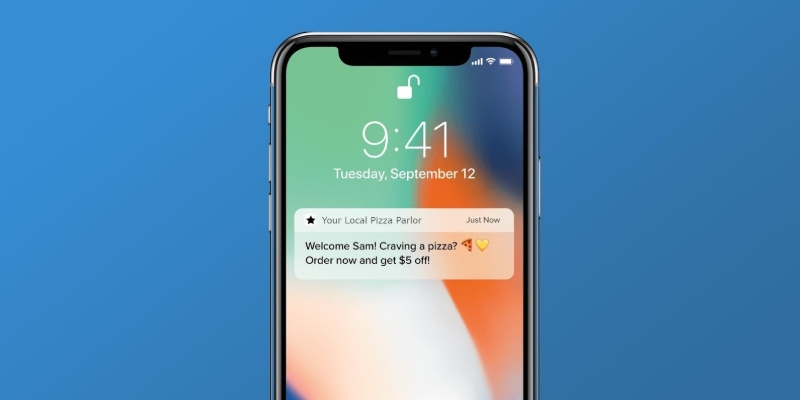
4. Security & trust signals
Customers want to know their data is safe. Key elements include:
- SSL certificates
- Clear privacy policies
- Trust badges or secure payment icons
| 💡 Secure = credible. |
5. Mobile analytics
Use tools like Google Analytics or Mixpanel to track mobile behavior. This helps you see:
- Where users drop off
- Which products perform best
- How your checkout process is working
| 💡 Data helps you improve what matters most. |
When these elements come together, your mobile store doesn’t just look good – it feels right. That’s what turns casual visitors into loyal customers.
How mobile commerce works
Mobile commerce might feel like magic to your customers, but as a store owner, you know there’s a lot going on under the hood. Let’s break down how the m-commerce flow works, from discovery to delivery.
1. Product discovery
It all starts when someone sees your product – maybe on social media, Google, or a mobile ad. If you’ve got:
- A mobile-optimized website
- A fast-loading landing page
- A shoppable Instagram or TikTok post
- A well-designed mobile app that highlights featured products or promotions
…then you’re already in the game.
2. Browsing the store
Once they land on your store, it needs to be:
- Easy to scroll
- Simple to search
- Quick to load
| 💡 This is where your mobile design really matters. If it’s clunky or slow, people bounce. |
3. Adding to cart & checkout
Customers expect:
- A clean, clutter-free cart
- Guest checkout options
- Fast payment methods (like Apple Pay or PayPal)
4. Payment processing
When they hit “Buy,” your payment gateway kicks in. It should:
- Support mobile payments
- Be secure and encrypted
- Handle any promos or gift cards smoothly
| 💡 Popular tools: Stripe, Shopify Payments, Razorpay, PayPal. |
5. Order confirmation & fulfillment
After checkout, customers want confirmation and fast updates. That’s where:
- Email or SMS order confirmations
- Tracking links
- Mobile-friendly support options
…keep the experience feeling seamless.
| 🎯 In short: mobile commerce is about removing friction. The smoother each step feels, the more likely someone is to buy, and come back for more. |
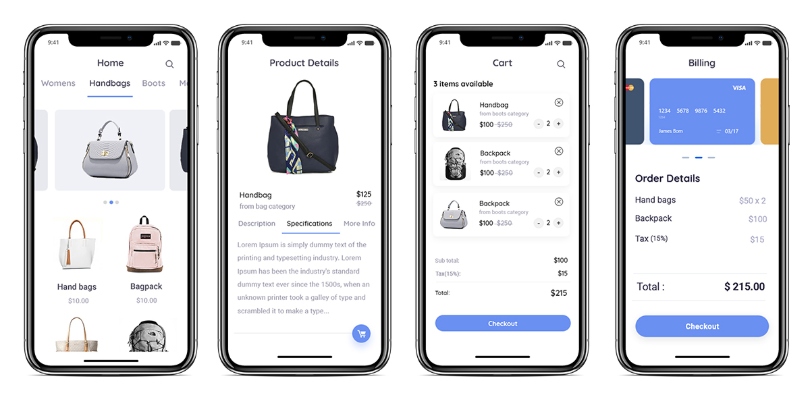
Why going mobile is a smart move for your business
If you’re wondering whether mobile commerce is worth the investment – here’s your answer: absolutely. More and more shoppers are buying from their phones, and if your store isn’t optimized for that, you’re missing out. Let’s break down the key benefits of mobible commerce:
1. Shop anywhere, anytime
Your customers are always on the move. With m-commerce, they don’t need to sit at a computer – they can browse and buy while commuting, waiting in line, or relaxing at home. That means more sales opportunities around the clock.
2. Faster, easier checkout
Mobile wallets like Apple Pay and Google Pay make buying a breeze. One tap and they’re done. No typing out long card numbers or digging for passwords. The easier it is to pay, the more likely people will complete their purchase.
3. Better customer engagement
M-commerce gives you direct access to your customers through:
- Push notifications
- Mobile-exclusive discounts
- Personalized offers based on behavior
It’s a more personal, real-time way to connect – especially if you have an app.
4. Higher conversion rates (when done right)
Mobile-optimized stores convert better. Why? Because they remove friction. If your store loads fast, looks great, and offers quick checkout, more visitors will become buyers.
5. Valuable data & insights
With mobile analytics, you can track what products users view, where they drop off, and what keeps them coming back. That data helps you make smarter decisions to boost sales and retention.
Bottom line: m-commerce isn’t just a trend – it’s a competitive edge. If your store offers a fast, smooth mobile experience, you’re already ahead of many others in the game.
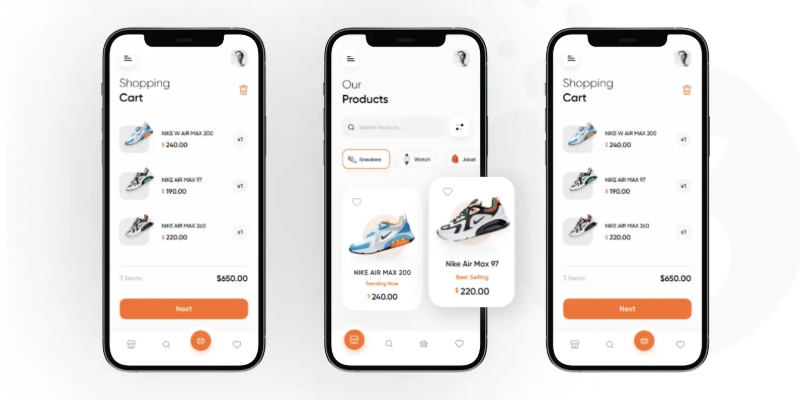
Challenges of mobile commerce
| 🍀 The road to great m-commerce isn’t always smooth – but it’s worth it. |
Mobile commerce brings big opportunities, but it also comes with a few bumps along the way. Knowing some of the mobile commerce’s challenges helps you prepare, and stay ahead of your competition.
1. Security concerns
Customers are more cautious on mobile, especially when entering payment details. If your site doesn’t feel secure, they’ll bounce. That means:
- SSL encryption is a must
- Use trusted payment gateways
- Display security badges clearly
Trust is everything.
2. Cart abandonment
Mobile users are easily distracted – one text or app notification can pull them away. Combine that with a long or clunky checkout, and your cart gets abandoned. Keep it simple:
- Offer guest checkout
- Reduce steps
- Use auto-fill for forms
3. Device & platform fragmentation
There are hundreds of devices out there, each with different screen sizes, operating systems, and browsers. Your store needs to work well across them all. Regular testing is key, especially on iOS and Android.
4. Slow load times
Speed matters. If your store takes more than a few seconds to load on mobile, people will leave. Optimize your images, reduce scripts, and consider using a mobile-first framework.
5. Lack of trust in unknown brands
Shoppers are more hesitant to buy from unfamiliar stores – especially on mobile. To build credibility:
- Showcase reviews and testimonials
- Use clean, professional design
- Make returns and support info easy to find
No need to be overwhelmed – these challenges are fixable. And once you address them, your mobile store becomes a smooth, trustworthy experience that keeps people coming back.

M-commerce stats: What the numbers say, and what you should do about it
If you’re still wondering whether mobile commerce deserves your attention, let the data do the talking. These stats show just how massive – and fast-growing – this space really is:
- 73% of all e-commerce sales are expected to come from mobile by 2025
→ That’s nearly 3 out of 4 purchases happening on a phone or tablet.
- 79% of smartphone users have made a purchase using their phone in the last 6 months
→ Mobile isn’t just for browsing – it’s a full buying journey.
- The average mobile cart abandonment rate is around 85%
→ A clear sign that checkout flow needs attention.
- Mobile shoppers are 1.5x more likely to convert on a well-optimized app than on mobile web
→ Apps can offer smoother, faster, more personalized experiences.
Future of mobile commerce: The trends to watch
Mobile commerce isn’t just growing – it’s evolving fast. As technology improves and customer expectations shift, new trends are reshaping how we build and scale mobile-first experiences. Here’s what you should keep an eye on – and prepare for.
1. Social commerce is exploding
Platforms like TikTok, Instagram, and Facebook are becoming full-on shopping destinations. Customers can discover, review, and buy products without ever leaving the app.
✅ What to do: Make your products shoppable on social, and invest in content that drives discovery.
2. Voice and chat commerce are growing
Voice assistants like Alexa and Google Assistant are being used to find and even order products. At the same time, in-app chat support and conversational commerce are helping drive sales in real time.
✅ What to do: Optimize your store for voice search and consider adding chat-based support or guided shopping flows.
3. AI-powered personalization
Mobile shoppers now expect more than just a list of products. They want curated recommendations, dynamic pricing, and relevant offers – all in real time.
✅ What to do: Use tools that track behavior and serve up personalized experiences, even on mobile.
4. Augmented Reality (AR) is gaining ground
Apps that let shoppers “try before they buy” – like virtual try-ons or home product previews – are helping boost confidence and cut down returns.
✅ What to do: Explore AR tools if you sell things like fashion, furniture, or beauty products.
m-commerce-trends-ar-definition-of-m-commerce
5. 5G is powering speed & innovation
With blazing-fast speeds, 5G opens the door to smoother video, faster page loads, and richer mobile features like live shopping or AR previews.
✅ What to do: If you’ve been holding back on things like video or interactive content, now’s the time to go for it.
6. The rise of super apps
In Asia, apps like WeChat combine payments, shopping, messaging, and services into one. This model is influencing Western markets too.
✅ What to do: Consider how your brand could integrate with or build features within these ecosystems (or your own app).
7. Trust, transparency & sustainability
Mobile shoppers – especially Gen Z – are more conscious about who they buy from. They want to know your values, sourcing, and impact.
✅ What to do: Make trust signals visible – highlight reviews, sustainability practices, return policies, and clear shipping timelines.
Mobile commerce isn’t just about “being available on phones” – it’s about building smarter, faster, and more personal journeys. The brands that embrace these trends early will stay ahead of the curve – and closer to their customers.
Is your business ready for m-commerce?
Mobile commerce isn’t just the future – it’s already here. The big question is: Is your business set up to thrive in a mobile-first world?
Here’s a quick checklist to help you assess where you stand:
M-commerce readiness checklist
- Is your website mobile-optimized? (Loads fast, easy to navigate, and works well on all screen sizes)
- Is your checkout process mobile-friendly? (Minimal steps, guest checkout, digital wallets like Apple Pay or Shop Pay)
- Are your product pages easy to browse and buy from on mobile? (Clear photos, short descriptions, mobile-sized buttons)
- Are you reaching mobile customers on the platforms they use? (Instagram Shop, TikTok, Facebook Marketplace)
- Do you collect mobile data to improve UX and drive conversions? (Tools like GA4, Hotjar, or in-app analytics)
- Are you using tools that support mobile engagement? (Push notifications, SMS marketing, personalized offers)
Final thoughts
If you’re checking most of those boxes – awesome. You’re on your way. If not, that’s okay too – this is your chance to get ahead while others catch up.
Mobile commerce isn’t just a tech trend – it’s a mindset. It’s about thinking from your customer’s pocket. Making their life easier. Removing friction. And creating an experience that fits right into their day.
The sooner you shift to mobile-first thinking, the faster you’ll see results – not just in sales, but in loyalty, engagement, and long-term growth.
Table of Contents
Table of Contents
Read more articles
How To Advertise Your Mobile App During Pre-Launch, Launch and Post-Launch Stage
By Alexandre Le
October 21, 2025
14 Common Apple App Store Rejections and How To Avoid Them
By Alexandre Le
October 21, 2025
